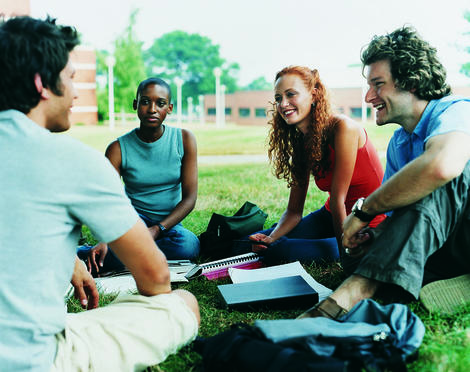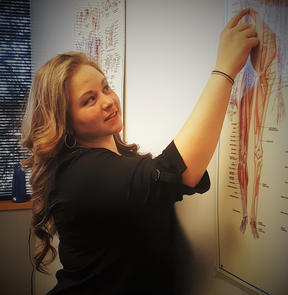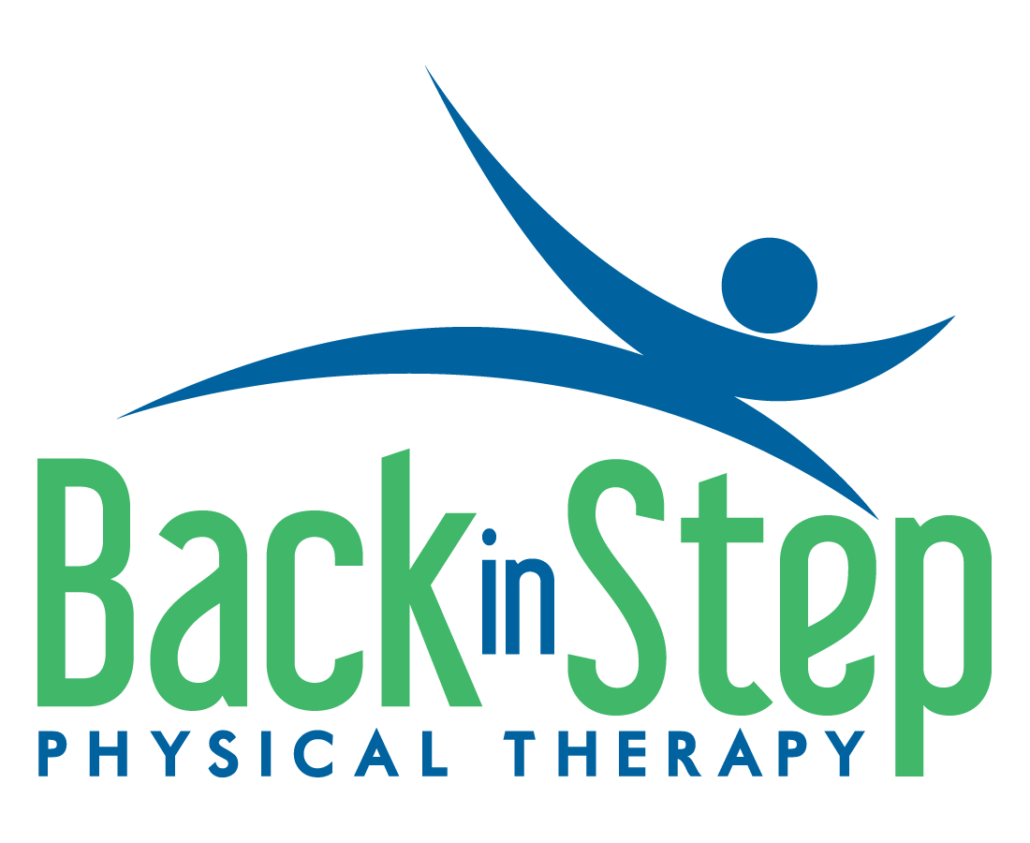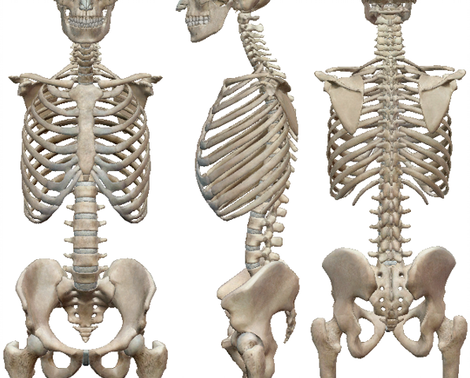The Educator’s Experience – Part 2: Working with Students
In The Educator’s Experience – Part 1: Patient Education, I talked a little bit about my long-time love of teaching. I also explained more about why I think that patient education is such a critical part of the physical therapy experience. This blog post, Part 2, will discuss the role of physical therapist as a mentor, educator, and guide for the future generations of physical therapists.
Even before I applied for physical therapy school, I’d learned that each school has requirements for observation hours in a variety of physical therapy settings. I was able to spend time with several therapists in very different types of clinics, treating very different types of patients. During this time, I wasn’t really able to participate, but was a fly on the wall, absorbing everything that I was observing. This was the time that I was confirming that this was the profession that I was falling in love with, and that it was, in fact, the path that I was meant to follow.
As a student in a Doctor of Physical Therapy (DPT) program, the role of other physical therapists was crucial. Not only were they the majority of our faculty in the program, but also acted in a role, much like I do now, as a Lab Assistant or Clinical Instructor. Each class that involved learning hands-on skills provided several assistants per room to wander around, giving feedback, and answering questions. They also helped during testing time for those same courses, grading us on our interactions and skills, while our classmates acted as our mock patients. It was invaluable to get individualized feedback from these professionals, and we had a chance to learn more about the various facets of the profession, based on each assistant’s own professional path and experience.
Clinical rotations were another opportunity to interact with other PTs. When I was in the program, we had nearly a year’s worth of time in the clinic, under the supervision of licensed therapists. This was a chance to work with real patients this time, alongside a PT. We would learn exercises, refine our hands-on skills, and work on clinical reasoning. The PTs that I worked with during my clinical rotations were the true bedrock of my own development as a therapist, and I couldn’t be more grateful for the gifts of education and experience that they each provided to me. Even now, working with my peers as mentors and sounding boards, is an important part of my continued progression as a professional.

My past experiences as a student have helped me realize that I now have the opportunity to provide the same kinds of experiences for current students. These students are the future of the physical therapy profession, the future healthcare providers for my friends and family, and my future colleagues and peers. I feel that it is my duty to give back, and I’ve found that I receive so much in return.
As soon as I was able as a new grad PT, I started taking students of all kinds. It started with observation students, the ones who are deciding whether or not a career in physical therapy is truly what they want. It quickly turned into taking students from DPT programs. It was always interesting to watch the students interact with patients, and watch their skills grow. I also loved to set aside time to work one-on-one with my students, practicing some of their techniques, giving them feedback, and discussing cases.
When I was no longer working in positions that would allow me to have a student working with me in the clinic, I took on my role with working at the DPT Program. As described earlier in this post, I work primarily with students in their first year of the program, and get to help them form their basic skills and the beginnings of their clinical reasoning. Working with students gives me the opportunity to stay very up-to-date with the information and evidence, and continue to think at much more specific level, due to the students’ questions and learning processes. I feel like it makes me a stronger clinician because of it. And, of course, I feel so proud when I see the lightbulbs go off, and it makes me excited to think about my students as future colleagues.
All in all, I feel fortunate to be able to be an educator – of all kinds. It’s great to get to work with my patients, like I talked about in Part 1, to enhance their experience during physical therapy sessions. And working with students, both in the clinic and in the classroom, never ceases to be an eye-opening experience that I also gives me so much in return.
Thank you to all of my past teachers, professors, clinical instructors, patients and students, for being the source of inspiration for what I do every day, and for continually shaping me into the therapist and educator that I am today.

Article author, Alyssa Arms, PT, DPT, OCS holds a Doctor of Physical Therapy (DPT) degree from the University of Colorado Anschutz Medical Campus, and later obtained a Board Certification as an Orthopedic Clinical Specialist (OCS). She is also the President and Owner of Back in Step Physical Therapy in Centennial, Colorado, and is an instructor at her PT alma mater.



